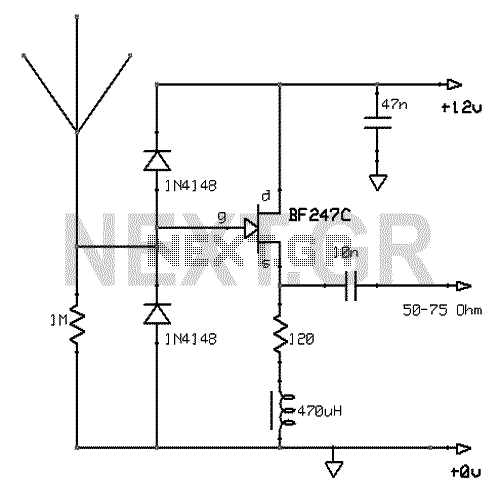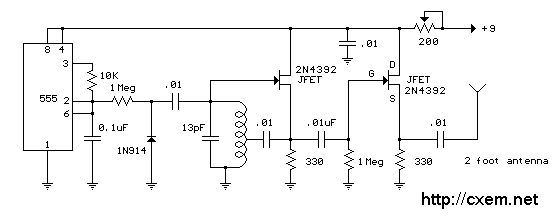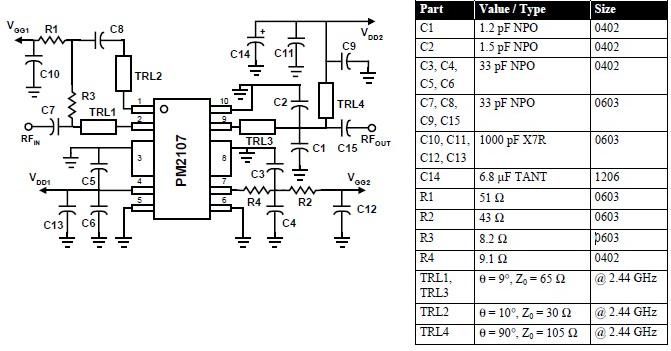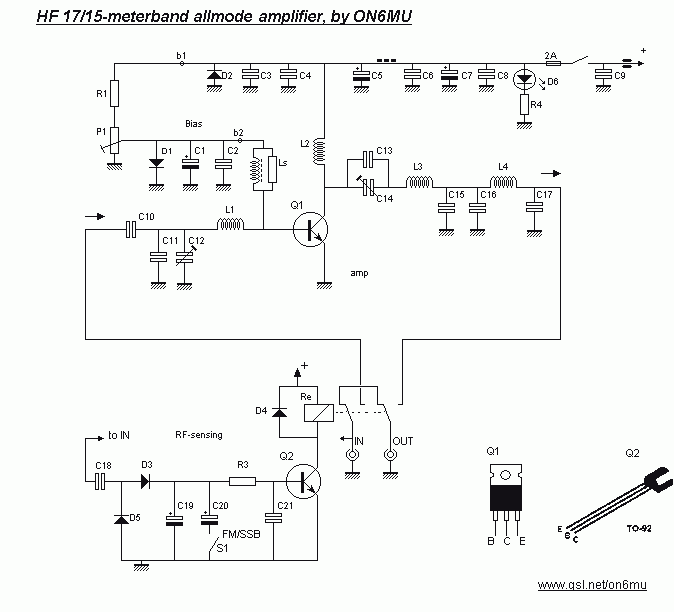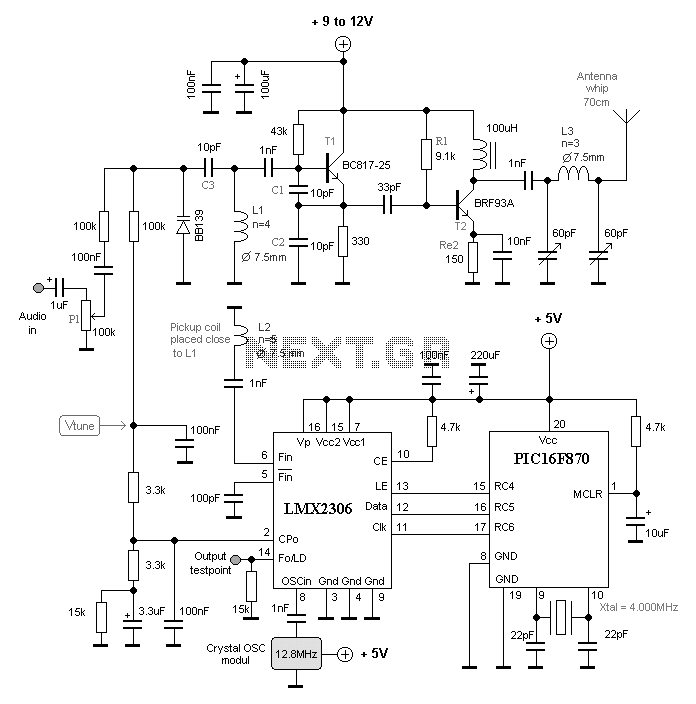
G0MRF 29.45 MHz Receiver Project
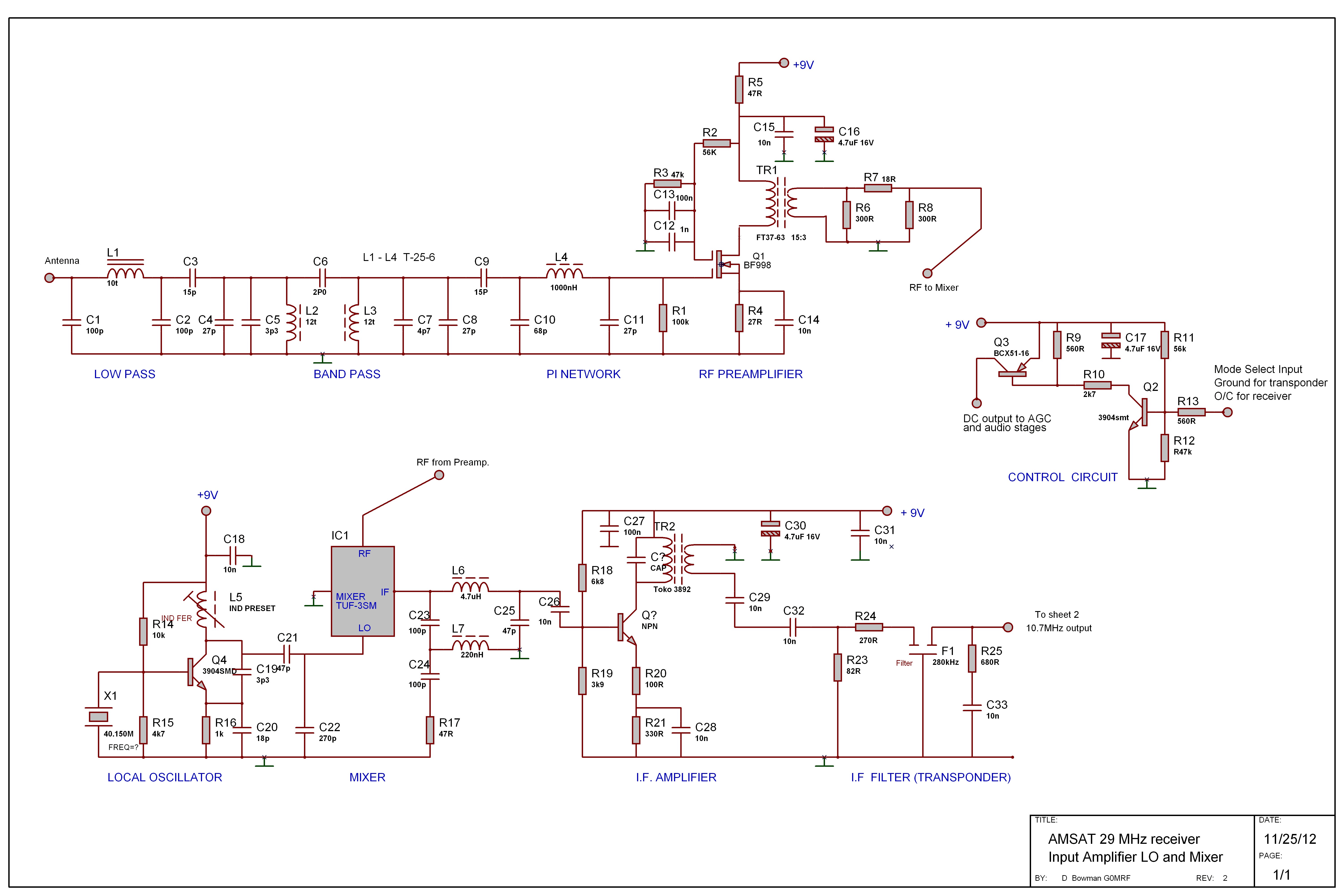
In 2007 and 2008, AMSAT-UK dedicated significant effort to a proposal for the European Space Agency (ESA) to include an Amateur Radio payload on the mass dummy during the maiden flight of the VEGA launcher. This initiative was referred to as iSTAR (Integrated Suite for Teaching and Amateur Radio).
The iSTAR project aimed to incorporate an Amateur Radio payload designed to facilitate educational opportunities and promote interest in radio communications among enthusiasts and students. The payload's integration into the VEGA launcher represented a strategic move to leverage space technology for educational purposes, aligning with AMSAT-UK's mission to advance amateur radio and satellite communications.
The VEGA launcher, known for its versatility and reliability, was chosen as the vehicle for this initiative, emphasizing the potential of small satellite missions in educational outreach. The iSTAR payload was intended to provide practical hands-on experience for students and educators, fostering skills in radio operations, satellite communications, and STEM (science, technology, engineering, and mathematics) disciplines.
The proposal included detailed plans for the payload's design, operational capabilities, and potential applications. By utilizing the VEGA launcher, AMSAT-UK aimed to demonstrate the feasibility of deploying amateur radio technology in space, thereby inspiring a new generation of radio amateurs and engineers.
Overall, the iSTAR initiative reflects a commitment to innovation in education and the promotion of amateur radio as a valuable tool for learning and exploration in the context of space technology.In 2007/8 AMSAT-UK put considerable work into a proposal to the European Space Agency (ESA) to place an Amateur Radio payload on the mass dummy on the maiden flight of the VEGA launcher. Known as iSTAR (Integrated Suite for Teaching and Amateur Radio) it was planned to use. 🔗 External reference
The iSTAR project aimed to incorporate an Amateur Radio payload designed to facilitate educational opportunities and promote interest in radio communications among enthusiasts and students. The payload's integration into the VEGA launcher represented a strategic move to leverage space technology for educational purposes, aligning with AMSAT-UK's mission to advance amateur radio and satellite communications.
The VEGA launcher, known for its versatility and reliability, was chosen as the vehicle for this initiative, emphasizing the potential of small satellite missions in educational outreach. The iSTAR payload was intended to provide practical hands-on experience for students and educators, fostering skills in radio operations, satellite communications, and STEM (science, technology, engineering, and mathematics) disciplines.
The proposal included detailed plans for the payload's design, operational capabilities, and potential applications. By utilizing the VEGA launcher, AMSAT-UK aimed to demonstrate the feasibility of deploying amateur radio technology in space, thereby inspiring a new generation of radio amateurs and engineers.
Overall, the iSTAR initiative reflects a commitment to innovation in education and the promotion of amateur radio as a valuable tool for learning and exploration in the context of space technology.In 2007/8 AMSAT-UK put considerable work into a proposal to the European Space Agency (ESA) to place an Amateur Radio payload on the mass dummy on the maiden flight of the VEGA launcher. Known as iSTAR (Integrated Suite for Teaching and Amateur Radio) it was planned to use. 🔗 External reference

